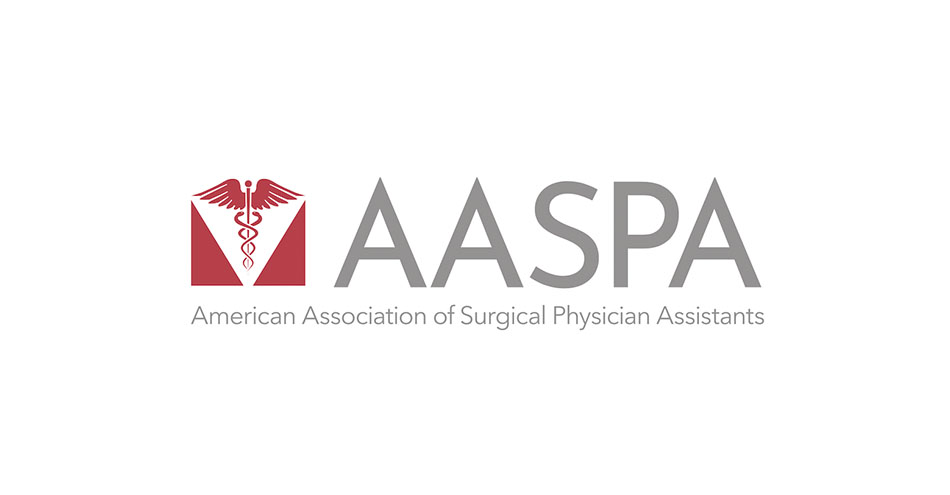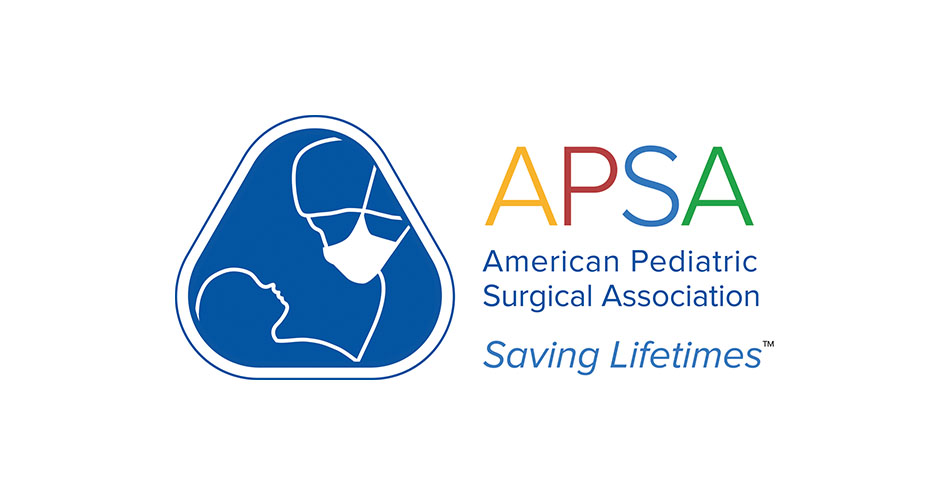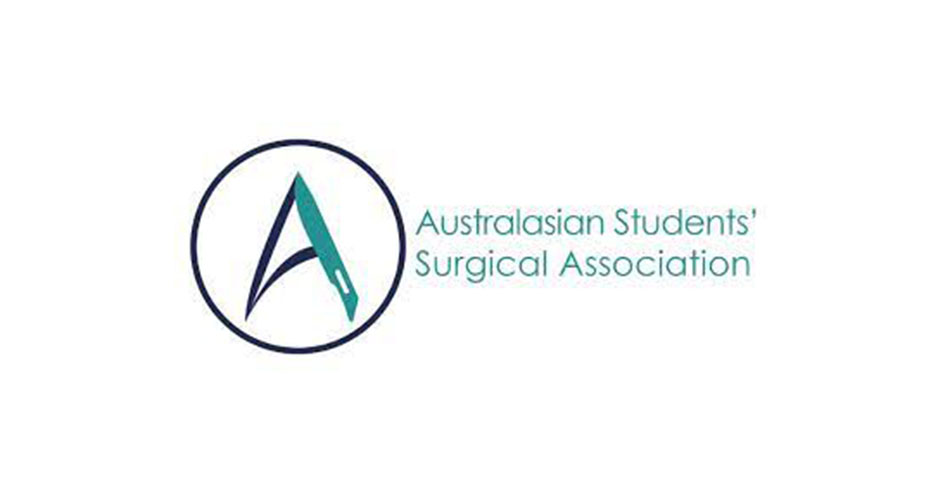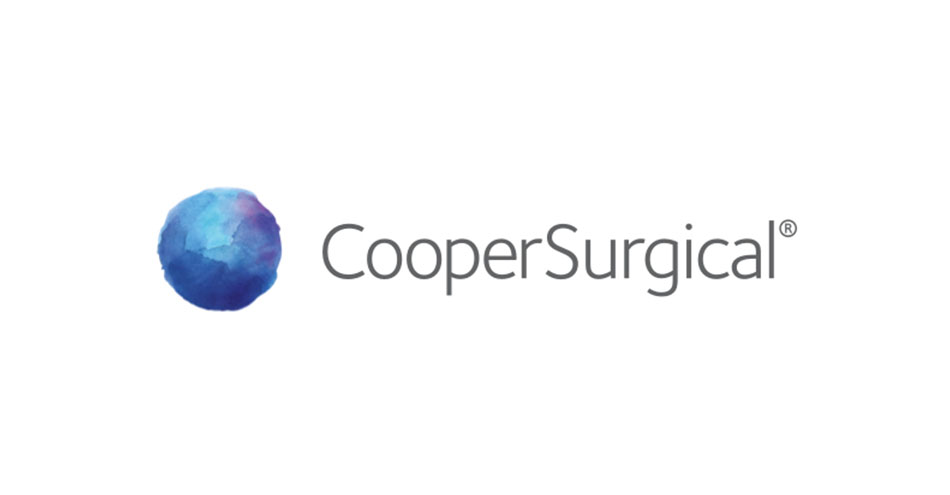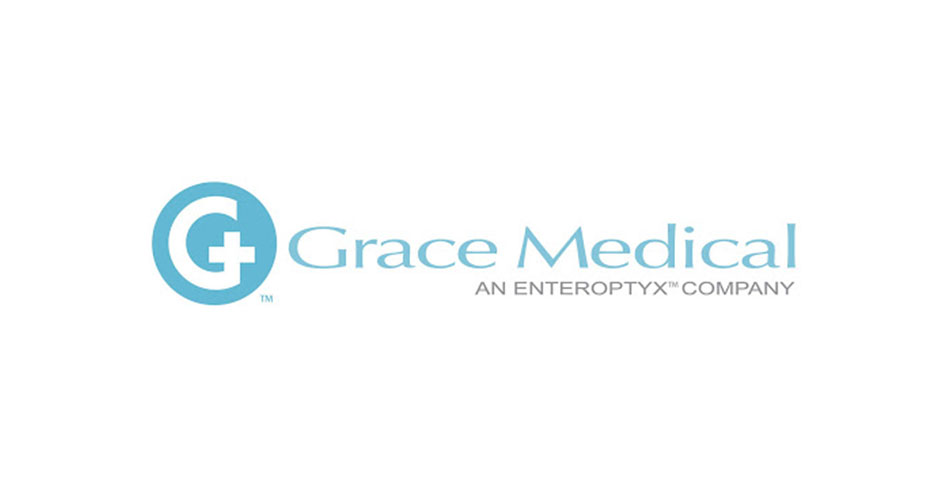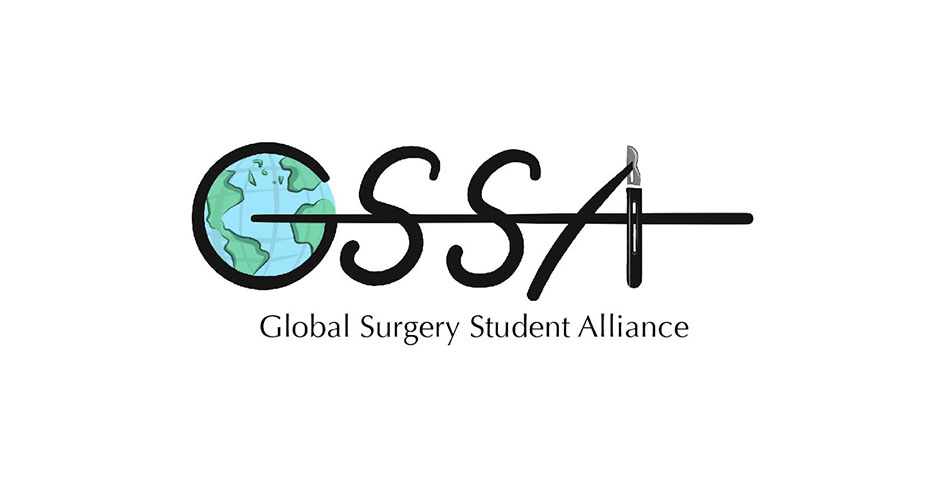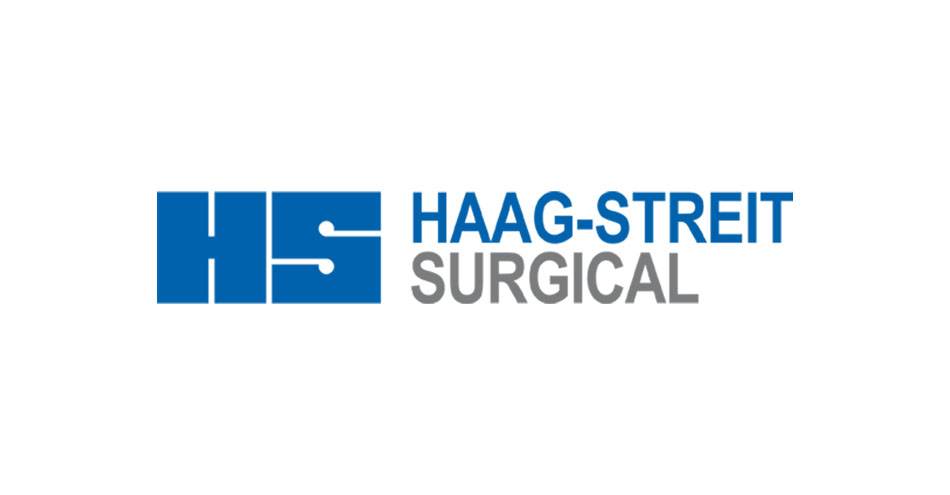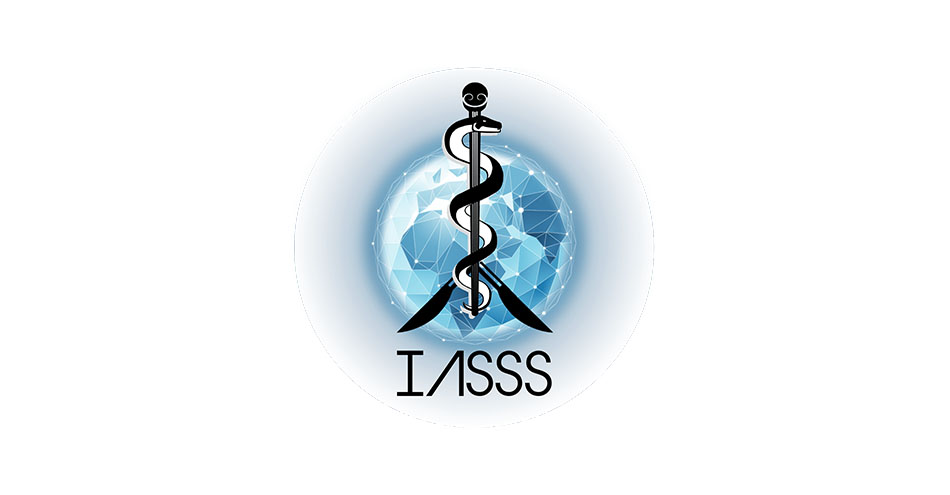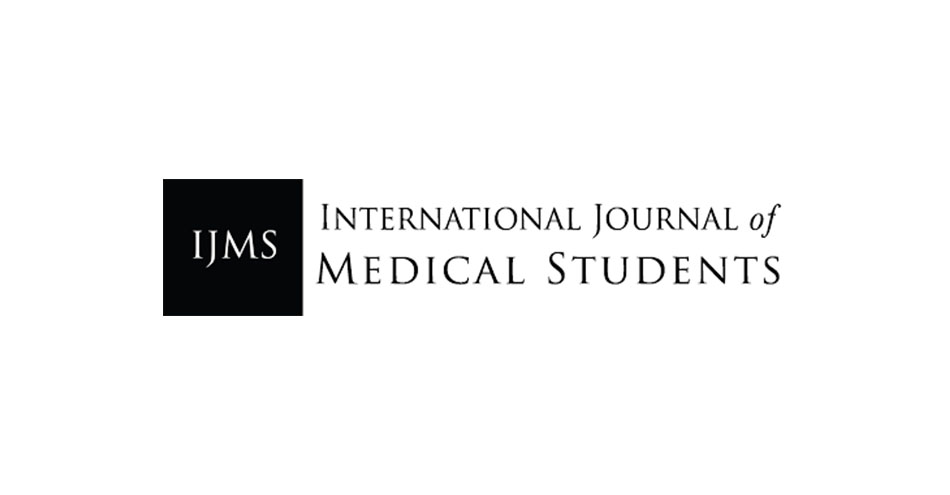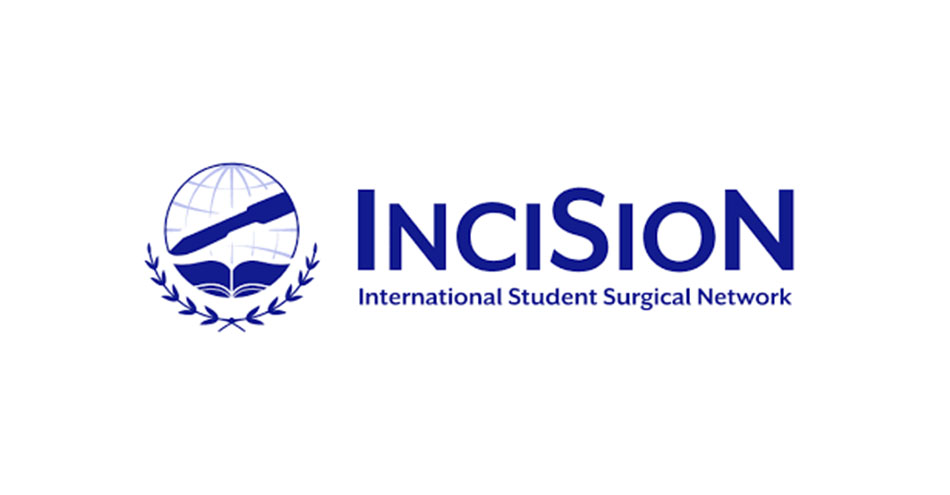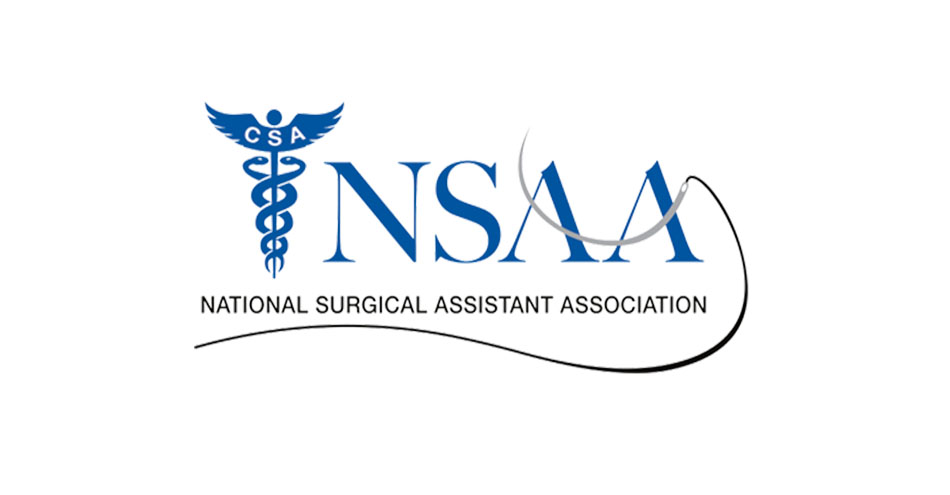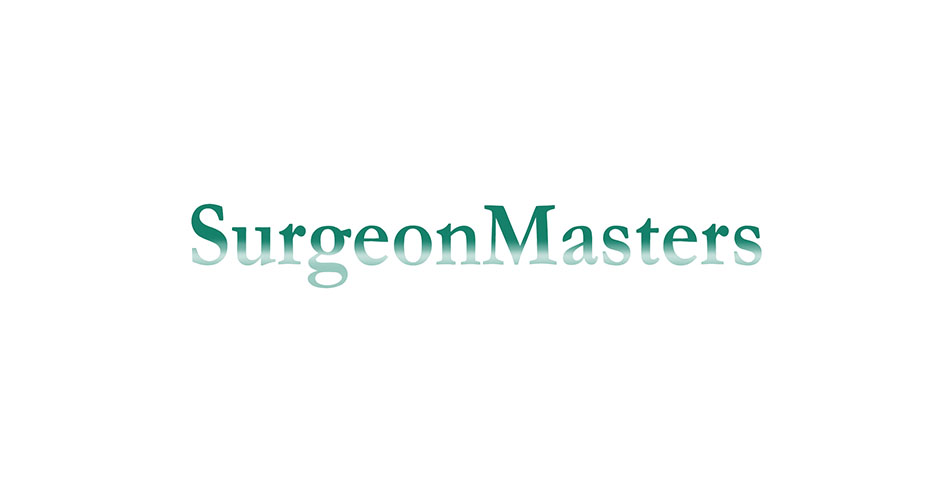The leading global platform for
peer-reviewed surgical videos
Explore a collection of 500+ peer-reviewed surgical videos
from 300 contributors from around the world.
Trusted By:





Our Latest and Most Popular Videos
This video elucidates the procedural technique employed for endoscopic laryngeal web repair in pediatric patients, wherein a laryngeal anterior commissure stent (LACS) is inserted. It delineates the steps of the surgical intervention, as well as the subsequent postoperative assessment by awake fiberoptic nasolaryngoscopy examination.
Watch the Full VideoThis video shows how we manage A-frame deformity in cases post tracheastomy or post laryngeal reconstruction. Important steps of the procedure highlighted in the video.
Watch the Full VideoThis video shows the steps of how we do endoscopic balloon dilation of acquired subglottic stenosis in pediatrics. The video has subtitles with all important steps.
Watch the Full VideoIn this video, a patient presenting with an obstructed trabeculectomy bleb has a revision performed using an ab externo bleb needling approach. The procedure begins by inserting a corneal traction suture for improved access to the scarred bleb and is followed by the insertion of an infusion canula providing a continuous source of balanced salt solution. A bent 25- or 27-gauge needle is then used to carefully disrupt the scar tissue within the bleb. The procedure concludes with the injection of mitomycin-c, an anti-fibrotic agent that aims to promote the longevity of the cleared bleb.
Watch the Full VideoBleb Needling in Trabeculectomy Revision
- Harold Dorsey, Mauricio Garcia, Michael Boland
- November 04, 2023
This video presents a case of a large hard palate fistula, which was repaired with an anterior tongue flap. The details of the procedure are described and demonstrated in detail, including both stages of the reconstruction, which were timed 3-4 weeks apart.
Watch the Full VideoIn this video, a 7-month-old patient presenting with primary congenital glaucoma and corneal clouding has an ab externo trabeculotomy performed on her left eye. The procedure begins with subconjunctival dissection and formation of a temporal scleral flap to locate the back wall of Schlemm’s canal (SC). A 270-degree circumferential trabeculotomy is performed with an illuminated microcatheter. The microcatheter is blocked from completing a full 360 degree pass due to scarring from a previously failed superior trabeculectomy. A scleral cutdown is used to retrieve the microcatheter. Another 40 degrees of trabecular meshwork (TM) is incised in the opposite direction using a metal trabeculotome.
Watch the Full VideoThis is a video showcasing a jump-graft repair for Coarctation of the aorta.
Coarctation of the aorta is one of the most well-known and documented congenital heart defects. Innovations in the field have led to a several options for surgical repair. However, patients with coarctation of the aorta remain at high risk for a number of morbidities including recoarctation aortic aneurysms and dilations, and sudden death. Our video showcases a jump graft repair, which is an underutilized approach for coarctation repair. Our goal is to educate others in the field on the proper technique and utility of this operation.
Watch the Full VideoInstitution: University of Arkansas for Medical Sciences Authors: Monroe McKay mpmckay@uams.edu Ashley Wilson Christian Eisenring Brian Reemtsen Lawrence Greiten
Watch the Full VideoThe following video depicts a five-year-old with transposition of the great arteries, who had bicuspid aortic and pulmonary valves. Patient was not a candidate for a Ross procedure, requiring an aortic valve replacement. This video demonstrates a rare aortic valve replacement after an arterial switch operation.
Watch the Full VideoThis video demonstrates an epidural catheter placement on a 2-year-old, 12kg male patient presenting for left hip osteotomy. His past medical history was remarkable for congenital heart defects, bilateral congenital hip dislocations, and a sacral dimple which is sometimes associated with neurologic spinal canal abnormalities. In this case, no neurologic anatomical abnormalities were demonstrated on the neonatal spine ultrasound. The patient was placed in a left lateral decubitus position. Using anatomical landmarks like Tuffier’s line or the intercristal line corresponding to L4-L5 level, the target level for needle placement was identified and marked. The patient’s skin was sterilized and draped under sterile conditions. An 18-gauge, 5 cm length Tuohy needle was used to encounter the epidural space. A general guideline for the depth to the epidural space from the skin is approximately 1mm/kg of body weight¹. Subsequently, a 20-gauge catheter was placed through the needle to a depth of 4.5 cm at the level of the skin. Negative aspiration of blood or CSF was confirmed. A test dose was calculated at 0.5 mcg/kg epinephrine or 0.1ml/kg of lidocaine 1.5% with epinephrine 1:200,000. In this case, a 1.2 mL test dose of lidocaine 1.5% with epinephrine 1:200,000 was given without any observed cardiovascular changes (e.g. ≥ 25% increase or decrease in T wave amplitude, HR increase ≥ 10 bpm, or SBP increase ≥ 15 mmHg)¹. Finally, the catheter was secured to the back of the patient. Parental consent was obtained for the publication of this video.
Watch the Full VideoSpecialty
Plastic Surgery

Orthopedics


The Scalpel Report
Dive into the latest surgical innovations and insights
with our curated biweekly newsletter
Our Partners
CSurgeries highlights top surgical tools from our industry partners. Explore
videos featuring cutting-edge surgical tools from leading surgical industry brands.
Articles and Blogs

Modern vs. Traditional Surgical
Education: A Comparative
Analysis
August 23, 2023

The 6 Uses of Video Clips in
Modern Surgical Education
August 17, 2023

Keeping fit may help prevent atrial fibrillation and stroke
August 10, 2023
Upcoming Webinars

Advance Techniques of
Esophageal Dilation
Date: 08/05/2023 | 4 ATM
Series, Otalaryngology, Upcoming
Webinars 38
By: Peter C. Belafsky, MD, MPH, PhD

The Science Behind Vaccines
Date: 08/05/2023 | 4 ATM
Series, Otalaryngology, Upcoming
Webinars 38
By: Peter C. Belafsky, MD, MPH, PhD

An Interactive Salivary Case Study
Date: 08/05/2023 | 4 ATM
Series, Upcoming, Webinars 38
By: Peter C. Belafsky, MD, MPH, PhD














